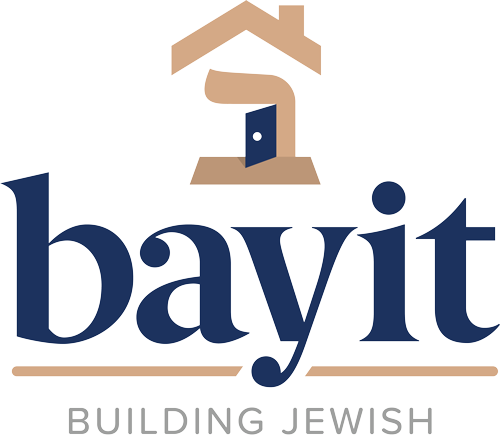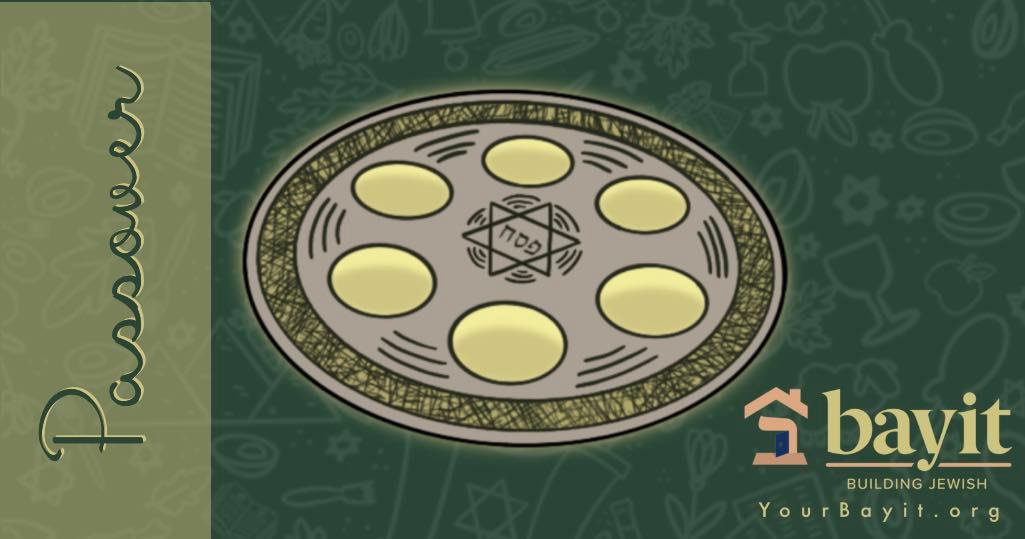Passover Resources from Bayit
Of all the holidays in the Jewish year, Pesach may be the most ripe for innovation and reinvention. In every generation we must see ourselves as if we ourselves had been lifted out of Mitzrayim, which means we need to not only read the words of the haggadah but experience them in realtime.
Here are some of Bayit’s tools for bringing innovation and creativity to your seder, your Passover experience writ large, and your Omer journey that follows.
Kadesh Urchatz Hex Tiles
A set of tiles that tell everyone “you are here” in the progress of the seder.
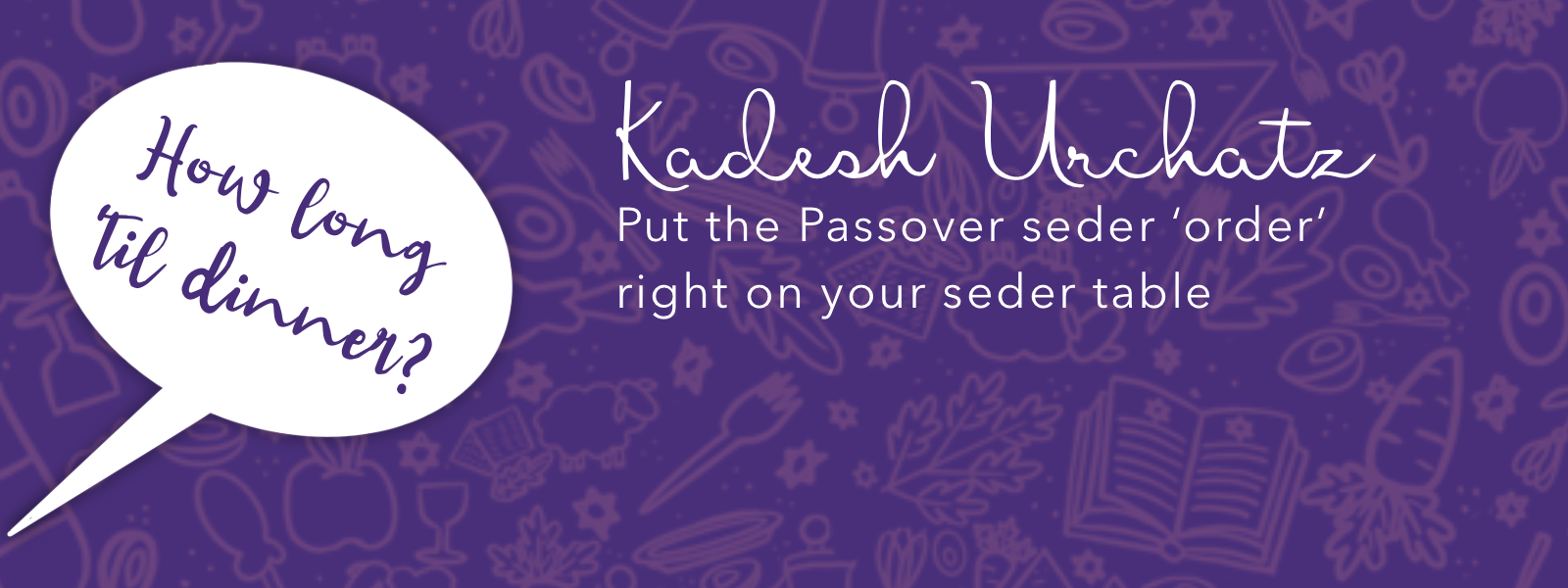
Creator Steve Silbert writes:
When I was a young adult leading seder, my father (z”l) would gently poke at me by continually asking “When is dinner?” to which I replied “Not yet.” Eventiually I made a poster of the order of the seder, gave him stickers and the responsibility to add stickers as we completed sections of the seder.
We offer a 21st century version of my father’s poster with this set of hexagon tiles, with each tile containing one step of the Passover seder. Wind them around the tzimmes and past the brisket dishes. Use the salt shaker as a game piece.
These beautiful tiles will add color to the table (beyond the red wine stains) and open opportunities for deeper conversations.
These tiles can be used in conjunction with the Seder Plate Reboot, also from Bayit Games. If you’re looking for ideas on how to use them, here’s a post at Builders Blog: Introducing Kadesh Urchatz.
PURCHASE AT GAMECRAFTER
Plagues of Our Times
Connect today’s challenges with the 10 Plagues from Torah.
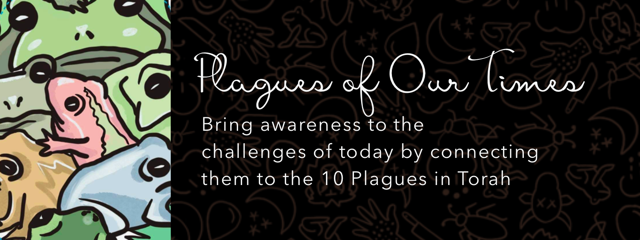
Featuring artwork by creator Mary Walter. Co-creator Steve Silbert writes:
The 10 Plagues in the Haggadah can seem far removed from us in the 21st century, but are they?
We cannot imagine the Nile literally turning to blood but we don’t have to imagine a Red Tide algae bloom on the Florida coast. It’s hard to imagine swarms of insects causing complete havoc, but we’ve read stories of murder hornets. We haven’t experienced thunder hail and fire streaming down, but we still have hailstorms – and weather of increasing intensity.
- Use this set to make connection between Torah and today so that the story of the Exodus is as first person as possible.
- Incorporate the artwork of the 10 Plagues into the table setting to add color and beauty to your table. (not wine-proof, so don’t start dripping wine on the tiles)
- Use the prompt cards for new ways to talk about the plagues how they translate to today.
Or… come up with a completely different idea, and share it with us!
PURCHASE AT GAMECRAFTER
Chad Gadya: the One-Zuzim Edition
Chad Gadya gamified! No winners or losers (except the goat), just an extra layer of fun to the song. Yes, we know that zuzim is a plural word. “One-Zuz” just sounded weird.
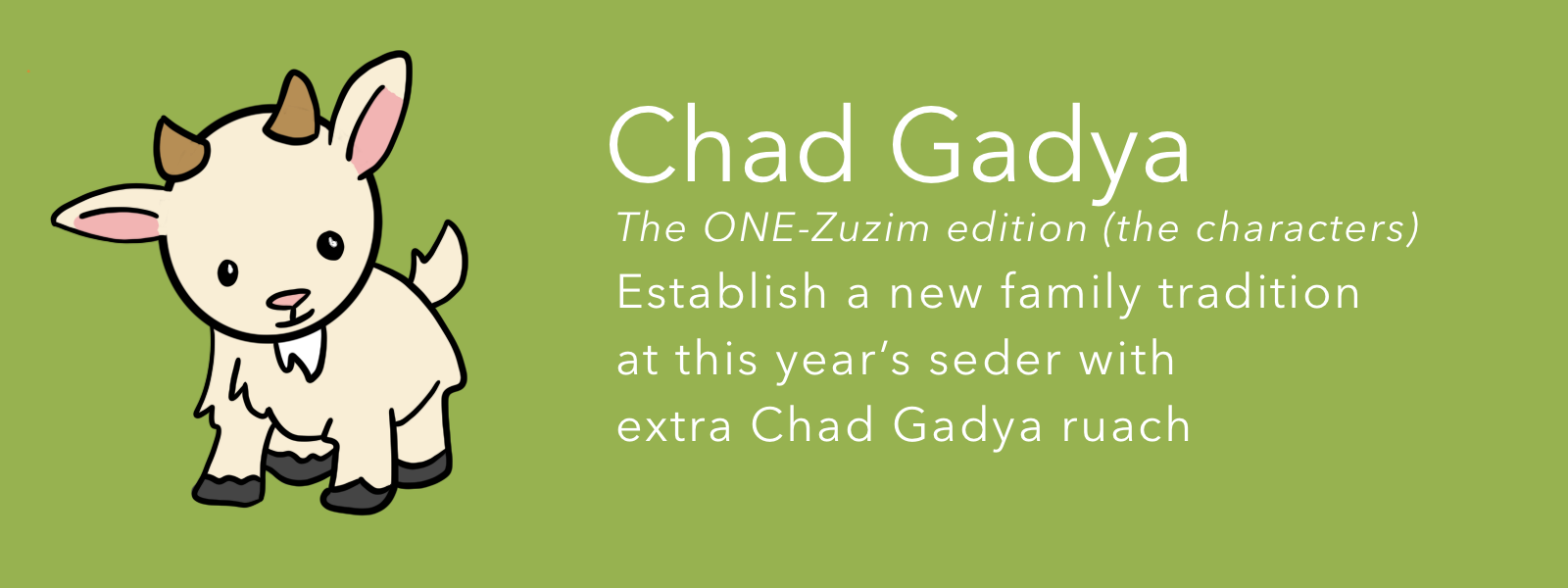
Creator Steve Silbert writes:
On the surface, Chad Gadya appears to be a simple folk tune. But the odd imagery in this song about a baby goat bought with two coins has deeper meaning. This isn’t only an amusing pirate shanty to be sung with a glass of wine in hand.
Best played while singing Chad Gadya while standing in a circle AWAY from the table.
Divide the cards up and start singing, with people holding up the right cards at the right time. If you’re the first person to hold up your card, then toss the card to the ground (never toss The Holy One card to the ground). Keep singing until the end. (If you’ve ever played the game Happy Salmon, you’ll recognize this as a seder-appropriate twist on that game mechanic.) These cards’ images are compatible with singing in any language.
PURCHASE AT GAMECRAFTER
Chad Gadya Hex Tiles
Chad Gadya gamified! No winners or losers (except the goat), just an extra layer of fun to the song.
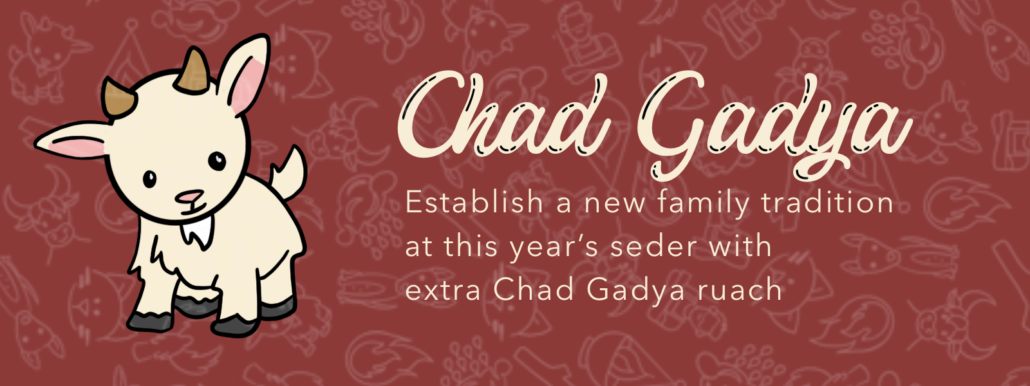
Creator Steve Silbert writes:
On the surface, Chad Gadya appears to be a simple folk tune. But the odd imagery in this song about a baby goat bought with two coins has deeper meaning. This isn’t only an amusing pirate shanty to be sung with a glass of wine in hand.
Unlike the ONE-Zuzim Edition of Chad Gadya cards, this set of Chad Gadya hex tiles is designed to be used tableside.
Divide the cards up and start singing, with people holding up the right hex cards at the right time. (Bonus for anyone holding two cards, one in each hand, who can remember which one to lift at which time, especially after four celebratory cups of wine!)
These cards’ images are compatible with singing in any language.
PURCHASE AT GAMECRAFTER
Seder Plate Reboot
A seder plate doesn’t need to take up so much space on the table.
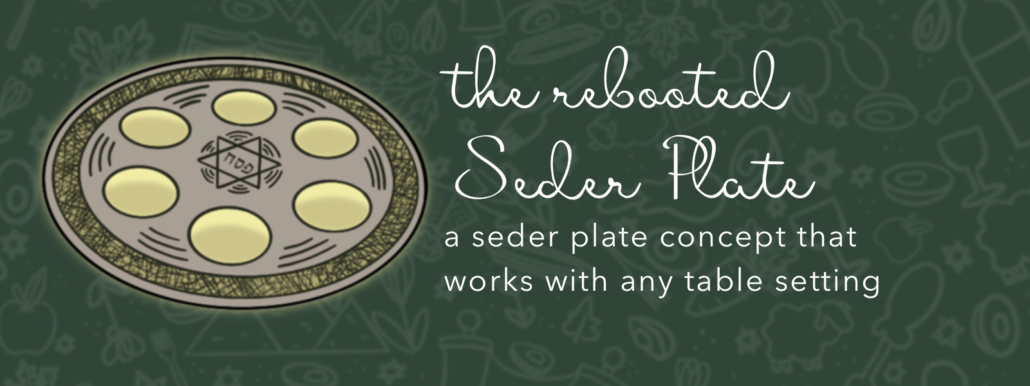
Creators Steve Silbert and Mary Walter write: Why does a seder plate take up so much space on the table? No reason is given. Mishnah Pesachim is commonly thought to contain the seder plate origins by referring to a “tray” to contain the paschal sacrifice. In 16th century Europe, artisans began making seder plates of the symbolic foods. Some of these plates were intended to hold those foods; others may have had a more general Passover use.
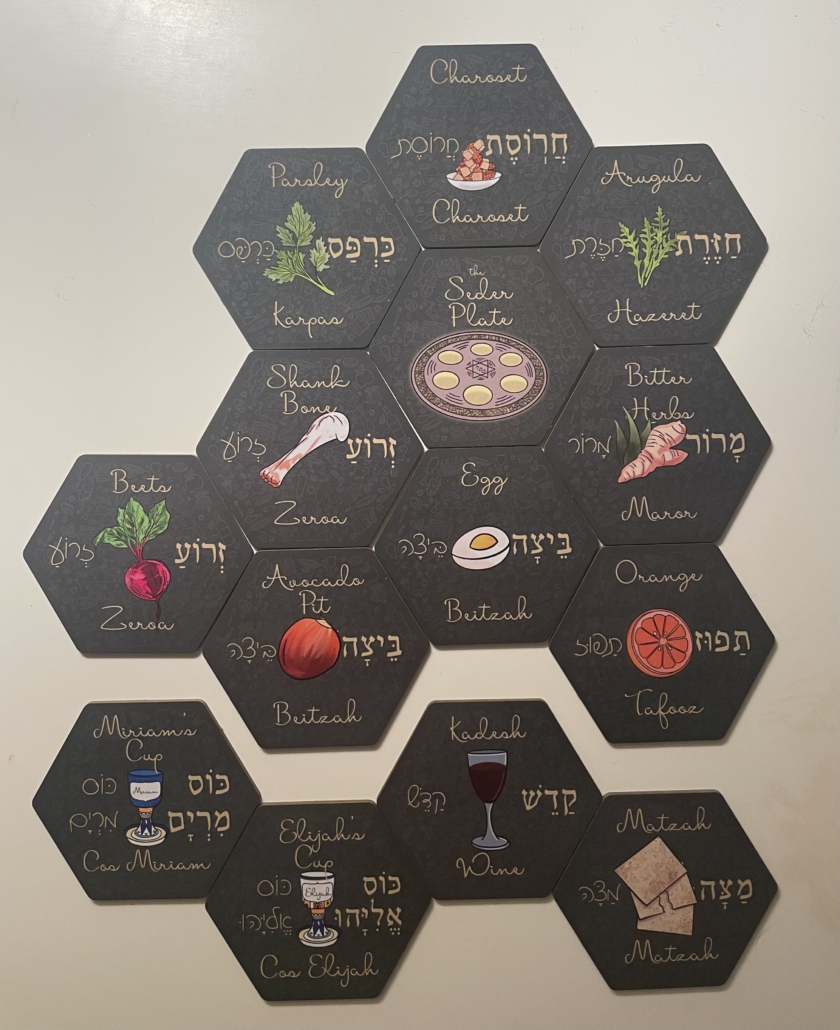 We wanted to find a way to display the seder symbols on the table while honoring the place that the brisket and Bubbie’s tzimmes have on the table. We also wanted something both configurable and portable (for that journey in the desert). What we came up with is a Seder Plate Reboot!
We wanted to find a way to display the seder symbols on the table while honoring the place that the brisket and Bubbie’s tzimmes have on the table. We also wanted something both configurable and portable (for that journey in the desert). What we came up with is a Seder Plate Reboot!
This rebooted seder plate consists of hexagonal, non food-grade cardboard tiles for all of the traditional seder plate symbols. On the card backs is something you may not know about that symbol.
If you’re looking for suggestions for how to use them, and thoughts on how this tangible object can help us make the story real, here’s a post on Builders Blog: Introducing the Seder Plate Reboot.
PURCHASE AT GAMECRAFTER
Color the Omer
A contemplative coloring book for the Omer journey.
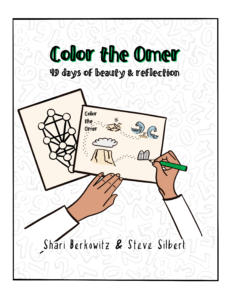 Color the Omer is a tool for counting the Omer with mindfulness and beauty. These illustrations offer a meditative focus and an artistic activity for each day of the journey between Pesach and Shavuot, along with short teachings designed to spark your own internal revelation as you color. Take your counting to the next level by making it more: more fun, more meaningful, more memorable and more social. After you finish each page, join others who are engaged in this contemplative coloring practice, and post a photo (hashtagged #ColorTheOmer) on social media.
Color the Omer is a tool for counting the Omer with mindfulness and beauty. These illustrations offer a meditative focus and an artistic activity for each day of the journey between Pesach and Shavuot, along with short teachings designed to spark your own internal revelation as you color. Take your counting to the next level by making it more: more fun, more meaningful, more memorable and more social. After you finish each page, join others who are engaged in this contemplative coloring practice, and post a photo (hashtagged #ColorTheOmer) on social media.
This project is a collaboration between Dr. Shari Berkowitz and Steve Silbert. Shari Salzhauer Berkowitz is an associate professor of Communication Disorders and a speech-language pathologist. She serves as a lay service leader and trustee at Temple Beth El of City Island, NY, also known as “your shul by the sea.” Steve Silbert is a Bayit Builder and originator of VisualTorah, an approach to Torah study that uses a technique called sketchnoting as the medium.
